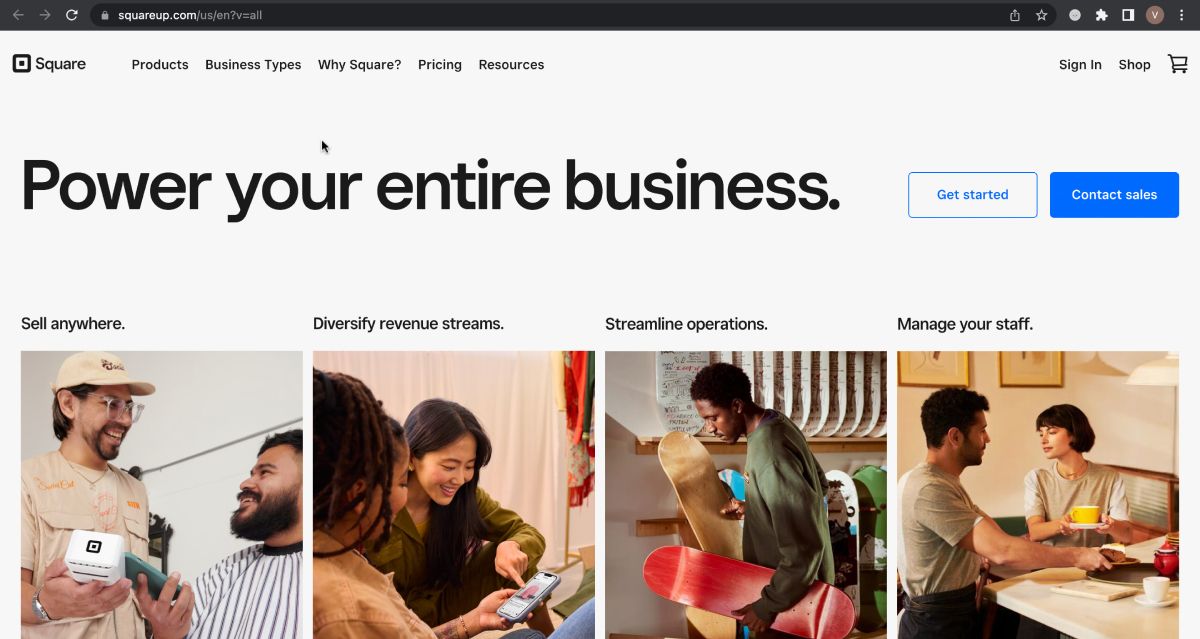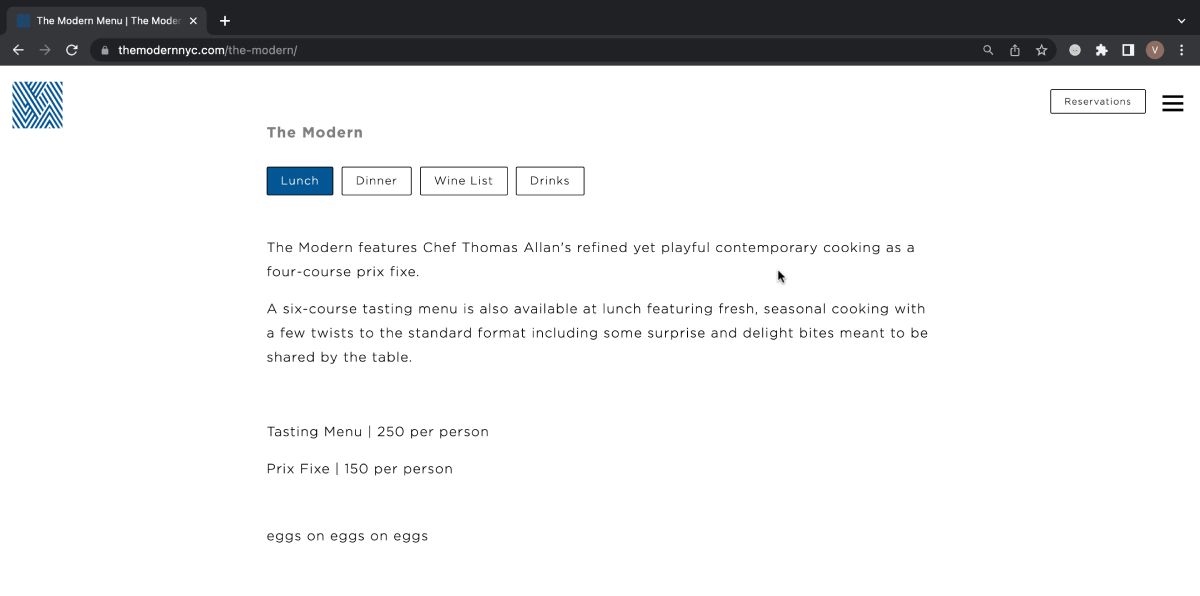SOCIAL
6 Things You Can Do if the Domain Name You Want Isn’t Available

Whether you’re setting up a small business or starting a blog, picking the right domain name can help you establish a strong online presence and connect with your target audience. That said, considering how many websites are out there, there’s a good chance that the domain name you want is taken.
The good news is that there are plenty of things you can do to navigate this challenge and find a domain name that’s right for your brand. Here are a few options you might want to consider.
1. Use a Different Extension
In the past, you typically had to pick between a .com and .org domain name extension (also called TLD). But there are numerous alternative TLDs available now, ranging from the more practical .info and .tech options to adventurous ones like .guru, .cafe, and even .ninja!
These alternative options give you the opportunity to create a more impactful and distinct domain name that tells your target audience what you do. What’s more, an alternative domain name extension won’t hurt your SEO efforts or search presence.
So, for instance, if you want the domain name “YourFavoriteFlorist” with a .com TLD, but that is unavailable, you could instead use “YourFavorite.florist.”
Here’s an example of a yoga studio that has the .yoga extension! The name catches your attention and reflects the brand’s specialization.
2. Experiment With Synonyms
If you’re not set on purchasing a specific domain name, consider using synonyms of words that you would like in the name. By substituting even just one word with another, you’ll be able to create a domain name that still communicates the essence of what your website is about.
For instance, say you want to set up a website with articles for first-time gardeners, and your ideal domain name is “GreenBackyard” with a .com TLD. If this domain name is unavailable, you could look up synonyms for either of the two words that make up the domain name. A few potential options that you could consider include “GreenGardens” or “EvergreenBackyard.”
Using the right synonyms may, in fact, improve upon your original domain name idea while still aligning with your vision for your website.
3. Extend the Name
If you’re unable to find an available domain name, adding a word before or after your ideal domain name can make it a unique option. This approach will also ensure that the meaning and essence of your domain name remain intact.
So, for instance, if you want to set up a technology blog with the name “TechConnect,” but you find that the corresponding domain name is unavailable, you could change the domain name to “MyTechConnect.”
This is, in fact, a strategy that even larger businesses use. Take Square, for example; the company’s domain name is “SquareUp” with a .com TLD.
If you decide to do this, make sure that the domain name you choose is not too complex or lengthy, since this could affect the memorability of your website’s name.
4. Incorporate Your Region Name in the Domain
If you’re setting up a website for your small business that caters to a primarily local audience, consider adding the name of your city, town, or country to the domain name.
In addition to not being too different from your ideal domain name choice, this can also help you market your services or products to a specific market.
You’ll see that the restaurant The Modern, which is located in New York City, has the location of the city added to its domain name.
Using the name of the city in the domain name lends a sense of local relevance, making it easier for the restaurant’s potential customers to find it online.
Alternatively, if you don’t want to include a location in your domain name, you could consider using a country code TLD.
This means if you’re in the UK, you could use .uk as the ccTLD. Similarly, if you reside in Germany, you could use .de. Before you do this, make sure to check whether domain names with ccTLDs are popular in your country.
5. Use Acronyms
If you’ve already settled on a name for your business and find that a corresponding domain name isn’t available, consider using an acronym of your brand name. For instance, if the name of your business is “Content Speak Digital,” try using “CSDigital” as the domain name with different TLDs until you find one that you like.
Not only will this allow you to settle on a domain name you like, but it will also create a more concise URL, which can make it significantly easier for your target audience to find you online.
You can see that the renowned news agency The Associated Press uses this strategy.
6. Assert Your Legal Rights if You’re the Trademark Owner
If you already own a business, you’d likely prefer to use its name as the domain name. In this case, you should use a domain registrar to check if the name is available. If you discover that someone else is using the domain name, you may want to explore the option of filing a lawsuit.
But keep in mind that filing a lawsuit can be a lengthy and complex process, so you should consult an attorney who specializes in this line of work. The attorney can help answer your questions and allow you to easily navigate the legal landscape.
Picking the Best Domain Name
While there’s no such thing as a perfect domain name, it’s important that you pick one that aligns with your brand and is easy to remember.
Keep in mind that if the domain name you want is already trademarked and used by another entity, it’s best to avoid picking a name that’s too similar to the one that already exists. In this case, it might be best to just go back to the drawing board and list potential domain names you wouldn’t mind using.
So, before you choose a domain name, make sure to explore different strategies that can help you come up with a few good options. Additionally, it’s important that you familiarize yourself with domain scams that are common at present, so you don’t fall victim to any of them.


















